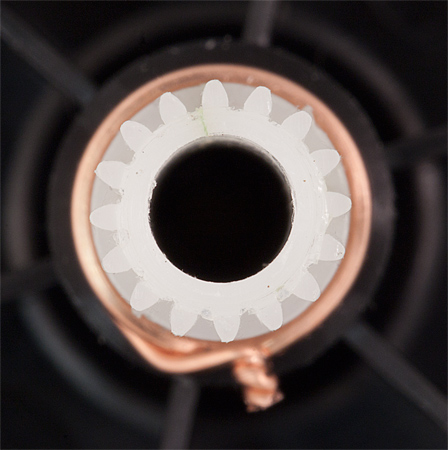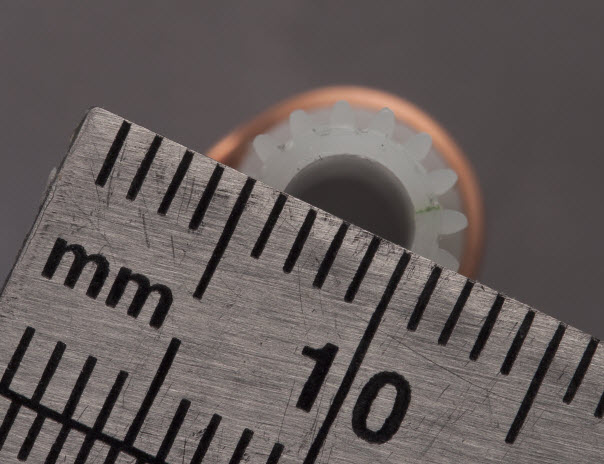Chris,ChrisR wrote: (I am always puzzled by the "module" idea. I realise it's a Standard, but it seems to be a way to guarantee, that gears of different diameters will not work together)
the module or modulus describes the dimension of the teeth. Both gear must have the same module. See Wikipedia, mxPi=p (module x Pi = circular pitch of one teeth). By the way it is not so easy to get the right module from the worn/broken plastic gear by measuring its diameter and counting the teeth. It is much more accurate to measure the outer diameter of the large metal gear, count its teeth and calculate the module. The outer diameter of a gear should be D = (z+2)xm (Outer diameter = (number of teeth +2) x module). So you can measure, count the teeth, calculate the module and search the replacement gear by number of teeth with the corresponding module.



